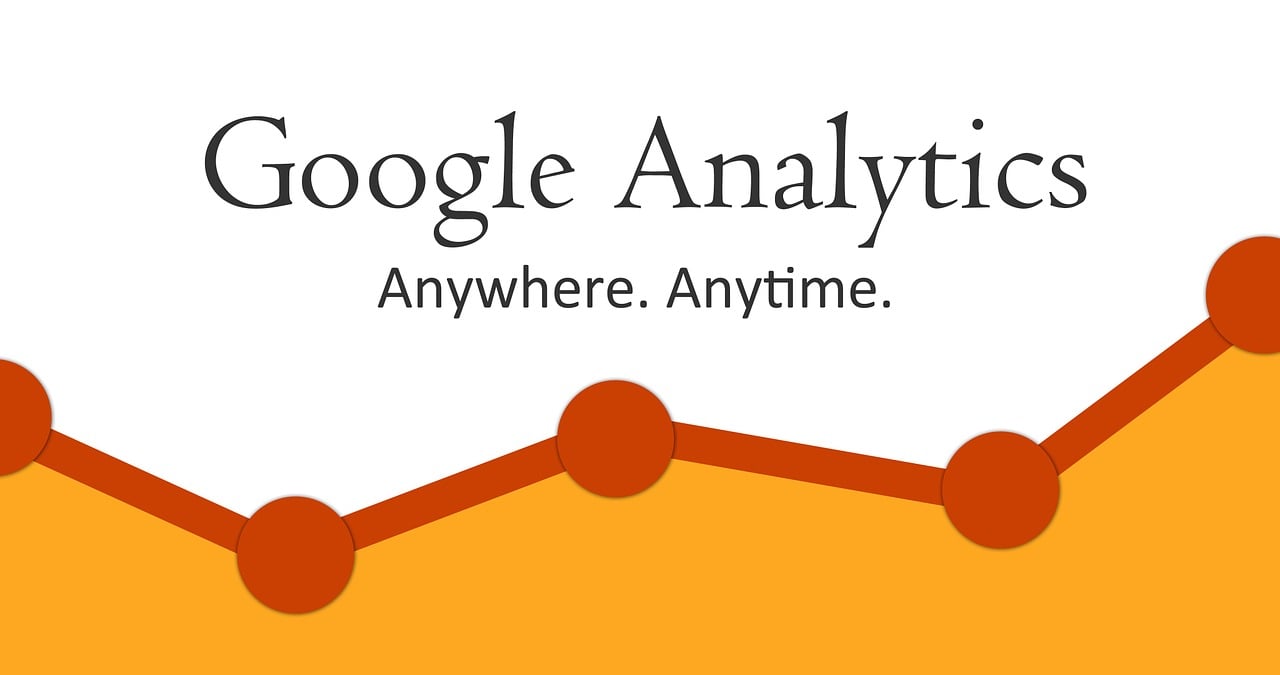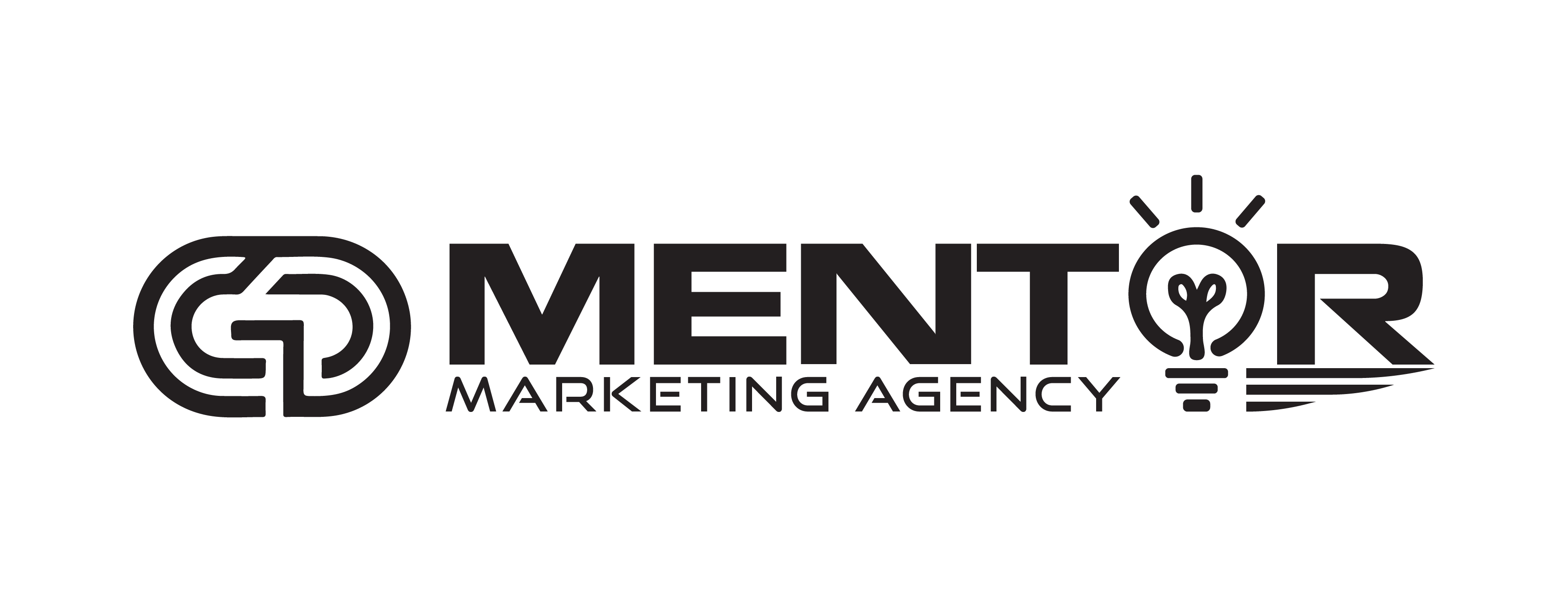
In the fast-paced world of digital marketing, running a Google Ads campaign without keeping an eye on analytics is like driving with your eyes closed — risky and costly. Google Ads Analytics is more than just numbers and graphs; it’s a treasure trove of insights that can guide your campaigns to success. Let’s break down how you can use these analytics to optimize your Google Ads campaigns and get the best bang for your buck.
- Start with Clear Goals Before diving into the analytics, ask yourself: what are you trying to achieve? Are you looking to drive more traffic to your website, generate leads, or boost sales? Setting clear goals will help you know what metrics to focus on. For example, if you want more leads, keep an eye on conversion rates. If brand awareness is your goal, impressions and click-through rates (CTR) become crucial.
- Understand Your Key Metrics Google Ads offers a buffet of metrics, but not all are equally important for every campaign. Here are a few key ones you should always monitor:
- CTR (Click-Through Rate): Shows how compelling your ad is — the higher, the better.
- Conversion Rate: Tells you how many clicks turned into actions — sales, sign-ups, or downloads.
- Quality Score: Google’s rating of your ad relevance and landing page experience. A higher score often means lower costs per click.
- Cost Per Conversion (CPC): How much you’re paying for each desired action — crucial for budgeting.
- Segment Your Data for Better Insights Don’t just look at overall numbers — dig deeper. Google Ads allows you to segment data by device, location, time of day, and more. For example:
- Are mobile users converting better than desktop users? If yes, consider adjusting your bids to favor mobile.
- Is a particular city or region showing stronger engagement? Allocate more budget to those areas.
- A/B Testing: Let the Data Speak Guesswork doesn’t belong in digital marketing. Run A/B tests (split tests) by creating different versions of your ads to see what resonates best with your audience. Test headlines, descriptions, call-to-action buttons, and even landing pages. Let the analytics decide the winner.
- Leverage Audience Insights Google Ads provides powerful audience data — age, gender, interests, and more. Use this to refine your targeting. For instance, if you notice most conversions come from a specific age group, adjust your ad targeting to focus on that segment.
- Track and Adjust Regularly Optimization isn’t a one-and-done deal. Set a schedule to review your analytics, whether weekly or bi-weekly. Spot trends early — like a rising CPC or a drop in CTR — and tweak your campaigns accordingly.
- Integrate Google Ads with Google Analytics For an even clearer picture, link your Google Ads account to Google Analytics. This combo lets you see post-click data — how users behave after clicking your ad. Are they bouncing off your landing page too quickly? That might signal a need for better content or page design.
Final Thoughts
Think of Google Ads Analytics as your campaign’s GPS. Without it, you’re navigating blind. But when you use these insights thoughtfully — setting goals, tracking the right metrics, and making data-driven adjustments — you’re on the road to more effective, profitable campaigns.
So, don’t fear the data. Embrace it. Your next high-performing ad might just be one insightful tweak away.





